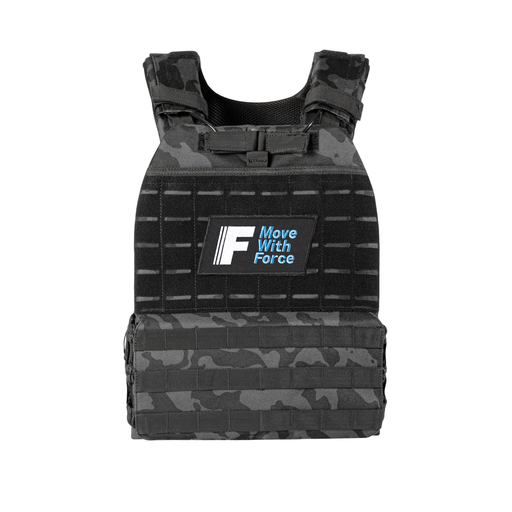
Top 3 Most Demanding Special Forces Training
When considering the physical limits of the human body and what it can endure, you don’t have to look any further past the training exercises of some of the most demanding military forces in the world. Each unit has it’s own method of pushing their soldiers to breaking point, not just physically but also mentally, so let’s take a look at some of the most gruelling selection processes and what it takes to be the best of the best..
British Special Air Service (SAS) Selection
Starting off one home soil and with the arguably the greatest special forces in the world, the SAS do not compromise when it comes to their selection process. One of the most challenging and notorious training exercises in the SAS selection process is the "Long March."
- Distance: Candidates must complete a gruelling march of approximately 40 miles (64 kilometres) in under 20 hours.
- Terrain: The march typically takes place in difficult and varied terrain, including hills and rugged landscapes, often in harsh weather conditions.
- Load: Candidates carry a heavy pack, usually weighing around 55 pounds (25 kilograms), which adds to the physical strain.
- Navigation: Along the route, candidates must navigate using map and compass skills, testing their ability to orient themselves under fatigue.
The Long March is designed to test candidates' physical endurance, mental toughness, and navigational skills under extreme stress. It serves as a critical assessment of whether candidates possess the resilience and determination needed to succeed in the SAS. This exercise, combined with other demanding tests throughout the selection process, is key to identifying those who can handle the unique challenges faced by SAS operatives. It is often remembered as one of the most difficult and gruelling parts of SAS selection.
United States Navy SEALs (BUD/S)
You won’t be accepted into the Navy SEALs until you complete the notorious “Hell Week”, a combination of challenges, placing the individuals in extreme environments designed to wear them down in order to remould into the personification of discipline and endurance, but what does Hell Week involve?
- Duration: Hell Week lasts five and a half days, typically during the second phase of training.
- Sleep Deprivation: Candidates receive very little sleep—often only a few hours over the entire week. The lack of sleep is designed to test mental and physical endurance.
- Physical Challenges: During Hell Week, candidates engage in continuous physical exercises, including running, swimming, obstacle courses, and log drills, often in challenging weather conditions.
- Cold Water Exposure: Candidates frequently perform exercises in the ocean, often in cold water, which adds to the physical strain and increases the risk of hypothermia.
- Teamwork and Stress: The training emphasizes teamwork under stress. Candidates must work together to complete tasks despite exhaustion and mental fatigue.
Hell Week serves to push candidates to their limits, testing not only their physical capabilities but also their mental resilience, decision-making under stress, and ability to work as a team. It’s a pivotal point in the selection process, where many candidates decide whether to continue or drop out.
Russian Spetsnaz Training
With most special forces training, it’s not just about sorting the strong from the weak or moulding the individuals into the best versions of themselves, but also a rite of passage. It’s a badge of honour which doesn’t need to be seen or heard, but represents the trials and hardships one person had to endure to achieve the best, and this is encasuplated with the “Course of the Young Fighter” in the Spetsnaz training.
- Physical Endurance: Candidates undergo extreme physical conditioning, which includes long-distance marches, obstacle courses, and intense combat training. These physical demands are designed to push candidates to their limits.
- Psychological Stress: The training includes psychological tests meant to assess mental toughness and the ability to perform under extreme stress. Candidates are often subjected to high-pressure scenarios that mimic real combat situations.
- Survival Training: Candidates participate in survival training in harsh environments, where they must learn to find food, water, and shelter while facing adverse weather conditions. This aspect tests not only physical endurance but also resourcefulness and adaptability.
- Sleep Deprivation: Like many elite military training programs, candidates often experience sleep deprivation, which further complicates their ability to perform and make decisions.
This selection process aims to identify individuals who possess not only the physical capabilities but also the mental resilience required for the demanding and often dangerous operations conducted by Spetsnaz forces. The combination of physical endurance and psychological stress makes this phase particularly gruelling and is often regarded as one of the toughest parts of the selection.


















